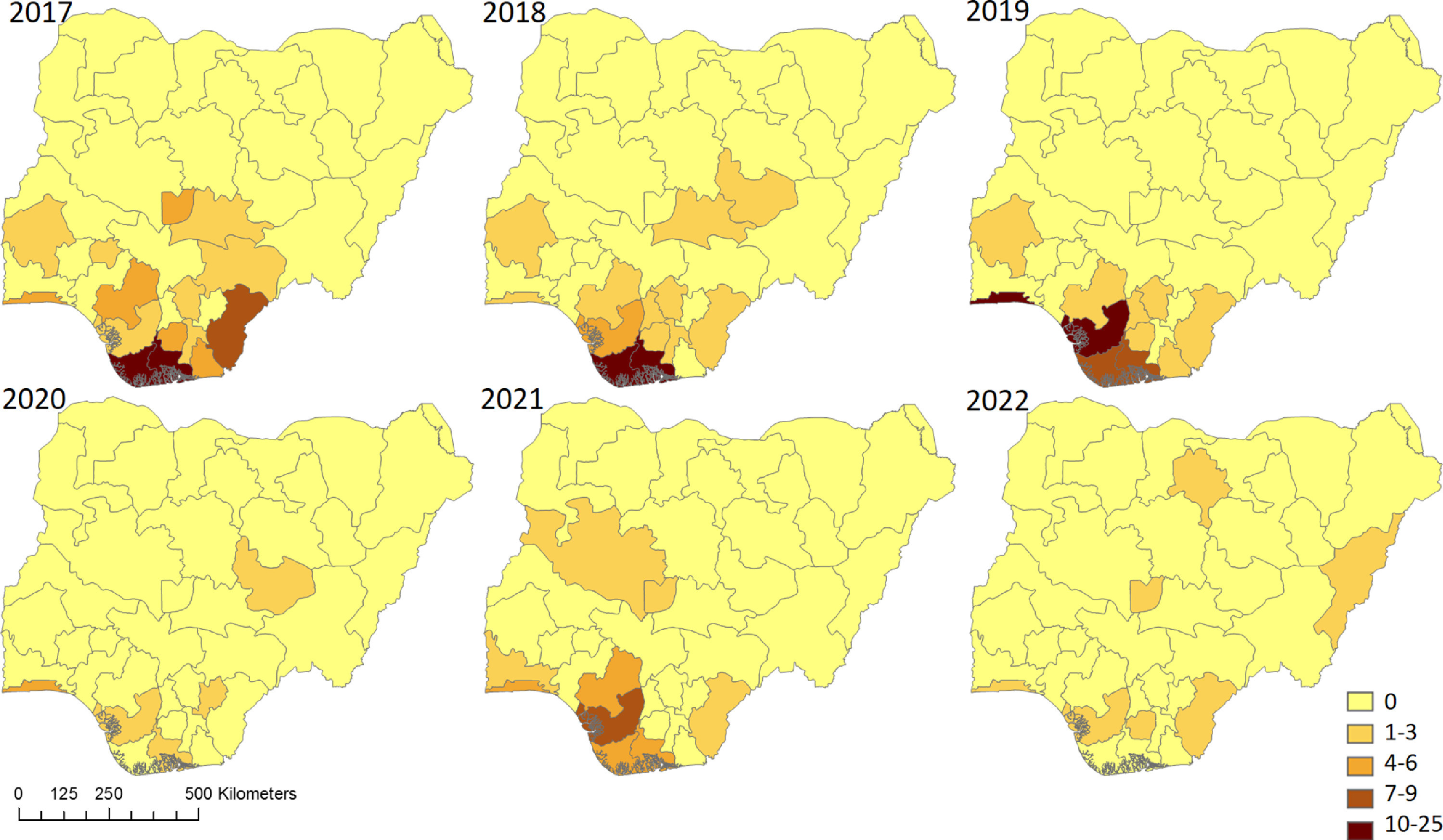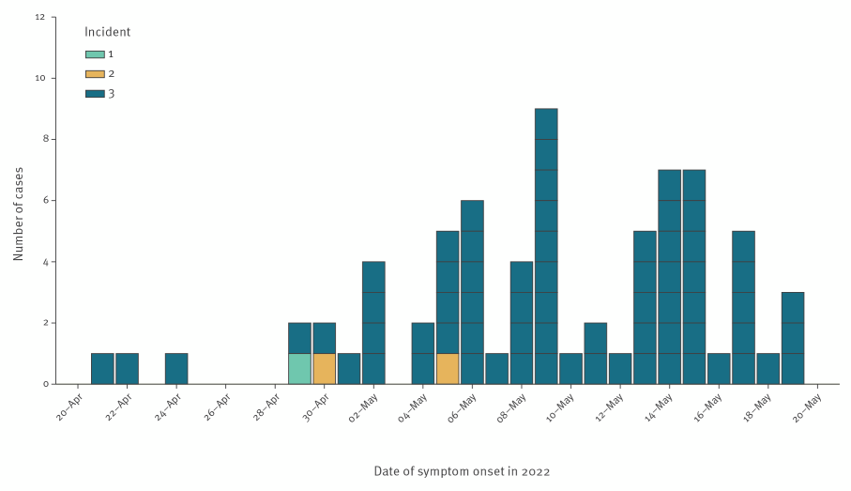I have been involved in two recently published pieces of work.
Increased outbreaks of monkeypox highlight gaps in actual disease burden in Sub-Saharan Africa and in animal reservoirs
Monkeypox
Published
Epidemiology
sub-Saharan Africa
One Health
Community transmission of monkeypox in the United Kingdom, April to May 2022
Monkeypox
Published
Epidemiology
United Kingdom
No matching items

